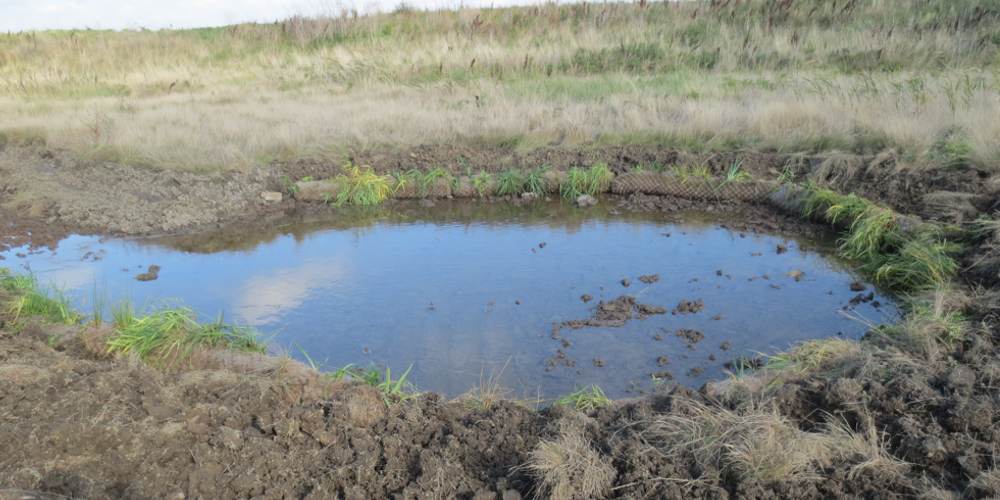Wetland Habitats
The UK has a diverse range of plants, insects,
aquatic & semi-aquatic species
Unfortunately, a lot of this habitat has been lost over recent years due to many factors including building development projects, invasive species, falling water tables and pollution.
Wetlands are ecologically important in their biodiversity as they fulfil many important roles including water purification, flood control, carbon sink and they provide habitat for many rare and endangered animals, plants and insects. It is critical that we create and maintain them.


Are you developing a site? As part of the planning conditions do you have to replace the wetland wildlife habitat you are destroying prior to commencing your works? Or maybe you have wetland that needs maintaining and restoring? Not quite sure what to do or where to start? With our experience in the creation of wetland habitats we can help you.
A wetland habitat takes time to fully establish and develop – it doesn’t happen overnight. On occasions time is of the essence to meet permitting, licensing and trapping requirements so we work closely with our clients, ecologists and key stakeholders helping deliver projects within their required timescales.
No two habitats are the same. Every project is unique, so each habitat is individually planned and created using a variety of solutions incorporating sustainable bio degradable products such as coir rolls, hazel faggots and planting schemes using native UK provenance plants grown in our nursery to enhance the wildlife environment.
We look at each habitat from the perspective of the wildlife whose home it will become. For example, a water vole likes earth banks it can burrow into, a mixture of mature plants which provides it with a good source of food and a canopy of plant growth to provide shelter from predators. We take all these things into consideration and incorporate elements within the scheme to create a suitable, attractive environment capable of supporting a water vole population.


For most amphibians submerged aquatic plants are crucial for shelter, refuge and a secure place for egg laying.
In still, clean water oxygenating plants such as Potomogeten natans, Ceratophyllum demersum and Rannunculus aquatica form dense filaments of leaves that provide the necessary cover and add dissolved oxygen to help maintain a healthy eco system.


Marginal low spreading plants that colonise the banks and shallow water also provide shelter and provide food sources for amphibians. Ideal plants are Mentha aquatica, Myosotis scorpiodes, Caltha palustris and Rannunculus flammula.
As in all habitats some maintenance is essential to control the more dominant species and allow a diversity that is the key to a successful habitat pond.
Using our experience, we help our clients find creative and innovative solutions to provide desirable habitats for existing and future inhabitants.
If you have wetland habitat needs, please do call (01483-205641) or email us ([email protected]). Our friendly and approachable team would be very happy to discuss your requirements with you.
If you want to create your own wildlife pond in your garden, please have a look at our article for some ideas.
